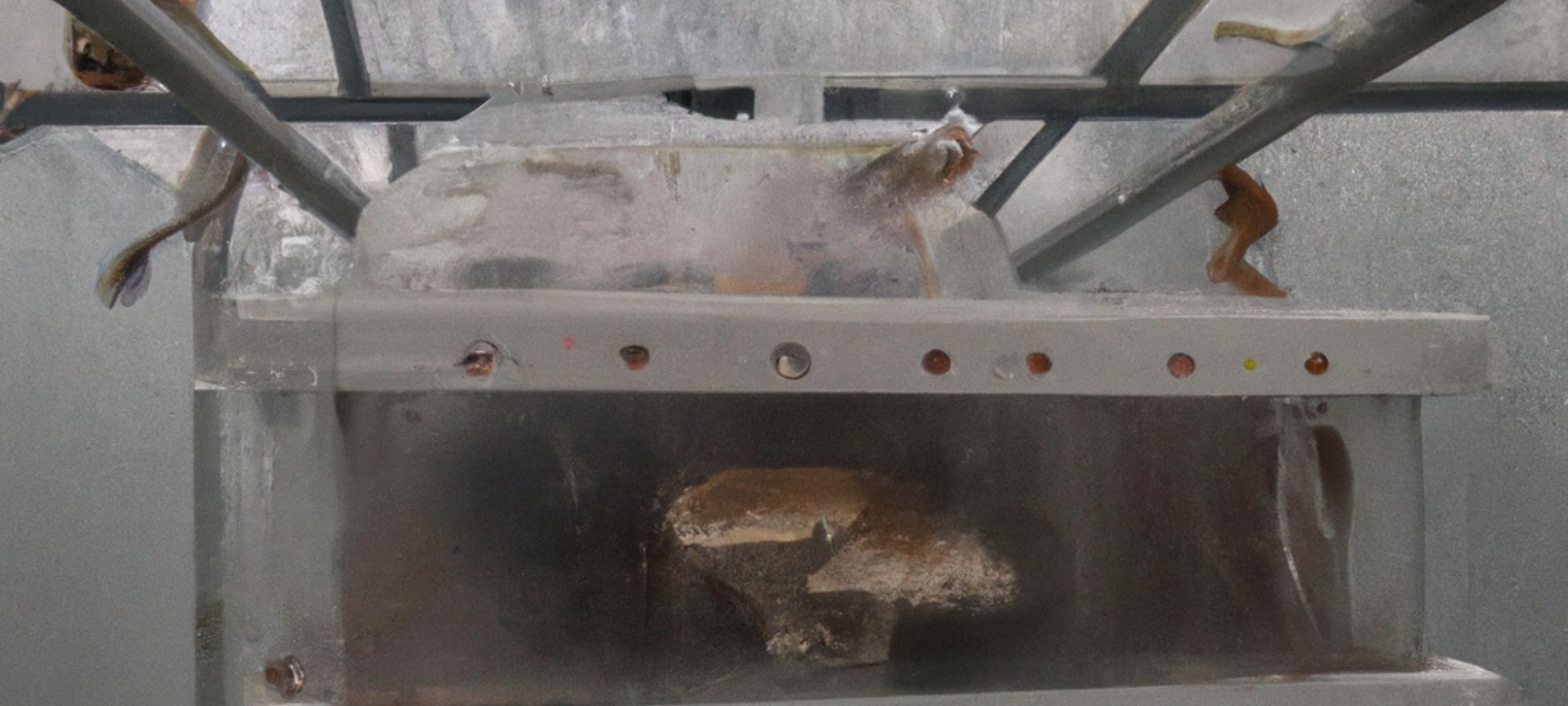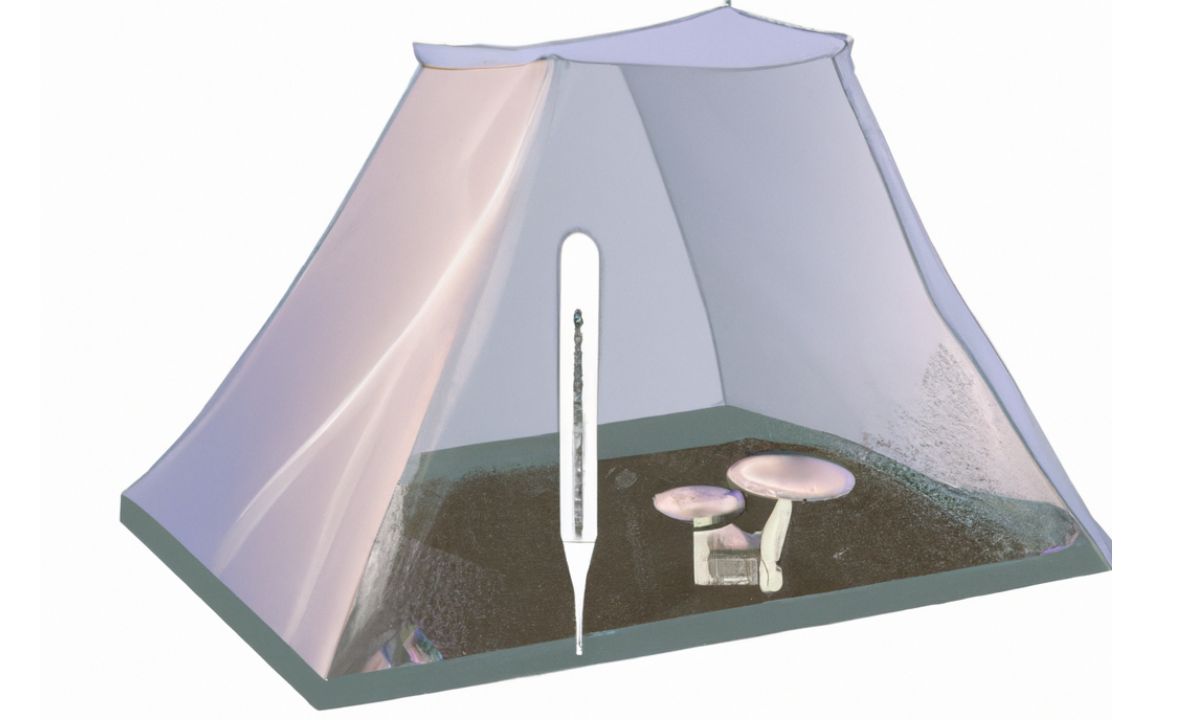How to Maintain Optimal Temperature Levels
In general, the best temperature for growing mushrooms is between 60-80°F. However, different species of mushrooms have different ideal temperature ranges for growth.
In this article, we will discuss the role of temperature in mushroom growth and how to maintain optimal temperature levels for different types of mushrooms.
We will also provide some tips and tricks on how to control the temperature in your growing environment and avoid common problems caused by temperature fluctuations.
Contents
How Temperature Affects Mushroom Growth

Temperature plays a crucial role in the growth and development of mushrooms. It affects the rate of mycelium growth, the formation of fruiting bodies, and the quality and quantity of mushroom harvest.
The optimal temperature for mycelium growth depends on the type of mushroom you are growing. For example:
- Button mushrooms (Agaricus bisporus) grow best at temperatures between 70-75°F.
- Oyster mushrooms grow best at temperatures between 68-86°F.
- Portobello and crimini mushrooms depends on whether you are growing them indoors or outdoors. If you are growing them indoors, you should keep the room between 65 and 70 degrees F (18-21 C).
If the temperature is too low, the mycelium will grow slowly or not at all.
If the temperature is too high, the mycelium will grow too quickly and produce sparse fruiting bodies.
How to Maintain Optimal Temperature Levels
There are some ways to control and monitor the temperature in your growing environment and avoid common problems caused by temperature fluctuations.
Use a Thermostat or a Thermometer
A thermostat can help you regulate the temperature by turning on or off a heating or cooling device, such as a heater, a fan, an air conditioner, or a humidifier.
A thermometer can help you measure the temperature in your growing environment and adjust it accordingly.
You can also use a digital thermometer with a probe that can measure the temperature inside the substrate or the fruiting chamber.
Avoid placing your growing area near sources of heat or cold, such as radiators, fireplaces, air conditioners, windows, or doors. These sources can cause sudden changes in temperature that can stress or damage your mushrooms.
Insulation or Ventilation
Insulation can help you keep the heat inside your growing area and prevent heat loss.
You can use materials such as foam, cardboard, blankets, or plastic to insulate your growing area.
Ventilation can help you regulate the temperature by allowing fresh air to circulate in your growing area and remove excess heat and moisture. You can use fans, windows, vents, or holes to ventilate your growing area.
Also, ventilation will help maintain adequate co2 levels.
Choose a Suitable Mushroom Species for Your Climate.
For example, if you live in a warm and humid area, you can grow oyster mushrooms or straw mushrooms. If you live in a cool and dry area, you can grow shiitake mushrooms or white button mushrooms.
Experiment
Experiment with different temperature levels and observe how they affect your mushroom growth.
You can try raising or lowering the temperature by a few degrees and see how your mushrooms respond.
You may find that some mushrooms grow better at slightly higher or lower temperatures than the recommended range.
Will Mycelium Grow at 70 Degrees?
Mycelium may grow at 70°F, but it may not be the ideal temperature for optimal growth. As I explained in the article, temperatures depend on the type of mushroom you are growing. I recommend finding out the right temperature for your specific mushroom.
Conclusion
Temperature is one of the most important factors that affect mushroom growth. To maintain optimal temperature levels for mushroom growth, you need to control and monitor the temperature in your growing environment and avoid common problems caused by temperature fluctuations. By following these tips and tricks, you can ensure that your mushrooms grow healthy and abundant in any climate and season.

